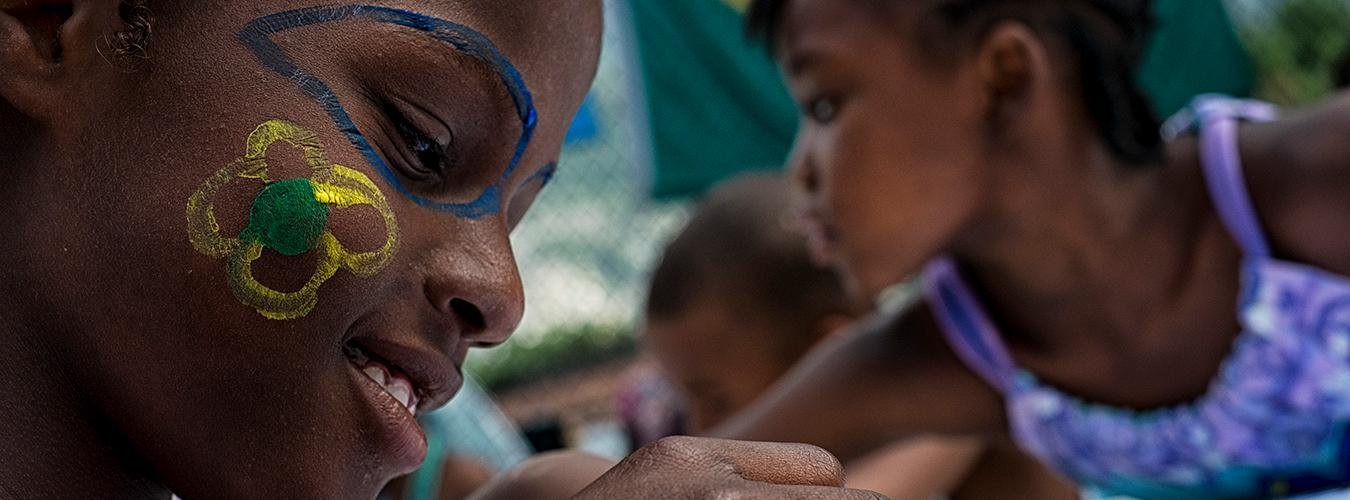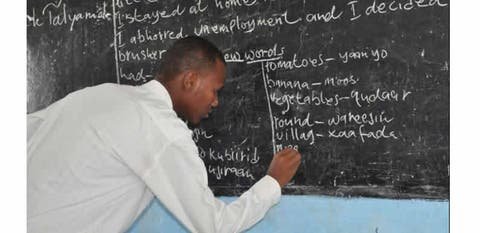International Day of the Girl: A Celebration of Strength, Potential, and Hope

Every year on October 11, the world observes the International Day of the Girl Child, a global event dedicated to raising awareness about the unique challenges girls face worldwide while celebrating their strength, resilience, and potential. Since its inception in 2011, this day has focused on promoting girls’ empowerment and the realization of their human rights. It serves as a reminder that investing in girls today leads to thriving communities tomorrow.
History and Significance
The International Day of the Girl Child was established by the United Nations General Assembly through a resolution on December 19, 2011, building upon the momentum of the 1995 World Conference on Women in Beijing. This historic gathering led to the adoption of the Beijing Declaration and Platform for Action, the first comprehensive policy that addressed the rights of girls and advocated for gender equality. The day continues to emphasize the urgency of addressing the challenges girls face while highlighting their power to transform communities.
This year’s theme, “Girls Vision for the Future,” urges us to accelerate efforts in breaking the barriers that hold girls back. It calls for a heightened focus on education, safety, digital inclusion, and health. Girls have the right to live free from violence, exploitation, and discrimination, yet many are still denied these fundamental rights.
Challenges Facing Girls Globally
The reality for many girls around the world remains grim, especially in low-income countries. According to the United Nations, nearly one in five girls does not complete lower secondary school, while four out of ten do not finish higher secondary education. This reflects structural inequalities that prioritize boys’ education and social roles over girls’. Beyond this, around 90% of adolescent girls in low-income countries do not have access to the internet, cutting them off from vital information, resources, and opportunities to learn digital skills in an increasingly connected world. Their male counterparts are twice as likely to be online, creating a gendered digital divide that hinders progress for girls.
Additionally, globally, girls aged 5-14 spend 160 million more hours every day on unpaid domestic work compared to boys of the same age. This significant time burden limits their opportunities for education and personal growth. In the realm of health, adolescent girls account for three out of four new HIV infections among adolescents, highlighting their vulnerability to health risks. The threat of violence also remains pervasive; nearly one in four married or partnered adolescent girls aged 15-19 have experienced physical or sexual violence from an intimate partner.
Even more troubling is the rise in child marriage, with an estimated 100 million girls at risk of being married off in the next decade. The COVID-19 pandemic has exacerbated this crisis, putting an additional 10 million girls at risk of child marriage by 2030. These alarming statistics serve as a clarion call to action for all individuals, communities, and institutions.
The Way Forward: Proven Solutions for Girls’ Empowerment
As we observe the International Day of the Girl Child, it is critical to focus on listening to girls and implementing proven solutions that allow them to thrive. Addressing the gaps in education is the first step. Governments, organizations, and communities must invest in initiatives that ensure every girl has access to quality education, free from discrimination. This includes addressing the digital divide by providing girls with access to the internet and opportunities to build digital literacy, ensuring they are not left behind in the fast-evolving global economy.
Moreover, tackling the disproportionate burden of unpaid care work on girls requires shifting societal expectations and norms. Providing girls with what they deserve—such as protection from violence, access to health services, and autonomy over their own lives—must take priority over merely giving them what they want.
Investing in girls is not only the right thing to do for them; it brings positive impacts to families, communities, and entire societies. Studies show that girls’ education and empowerment lead to healthier, more prosperous communities. When girls are given the tools to succeed, they become change agents, breaking the cycle of poverty and inequality.
Our Commitment as an Organization
As an organization deeply committed to child rights, protection, and empowerment, we are proud to stand alongside girls across the world on this important day. We recognize that girls represent our collective future, and we believe that when we uplift them, we strengthen the foundation for a better world.
Our message is clear: We must be advocates, protectors, and enablers of girls’ rights. We must push for policies that eliminate the barriers girls face in education, health, and safety. We call for increased investments in girl-centered solutions—providing girls with not just what they want, but what they rightfully deserve. Every girl deserves to feel safe, to access opportunities, and to grow in an environment where she can reach her full potential.
On this International Day of the Girl Child 2024, we reaffirm our dedication to ensuring that every girl, no matter where she lives, is empowered to achieve her dreams. Together, we can build a future where all girls are educated, protected, and valued as equal members of society.
Let us continue to listen to girls, invest in their futures, and act to secure their rights today. Because when we invest in girls, we invest in a future where everyone thrives.
Call to Action
Let this day be a reminder that the time for action is now. Whether through volunteering, advocacy, or policy change, each of us has a role to play in ensuring that girls everywhere are given the chance to shine. Together, we can make a world of difference—one girl at a time.
#InternationalDayoftheGirlChild #EmpowerGirls #InvestInGirlsRights #GirlsFuture #ChildProtection #EqualityForAll
Source of Image: https://www.un.org/en/observances/girl-child-day





